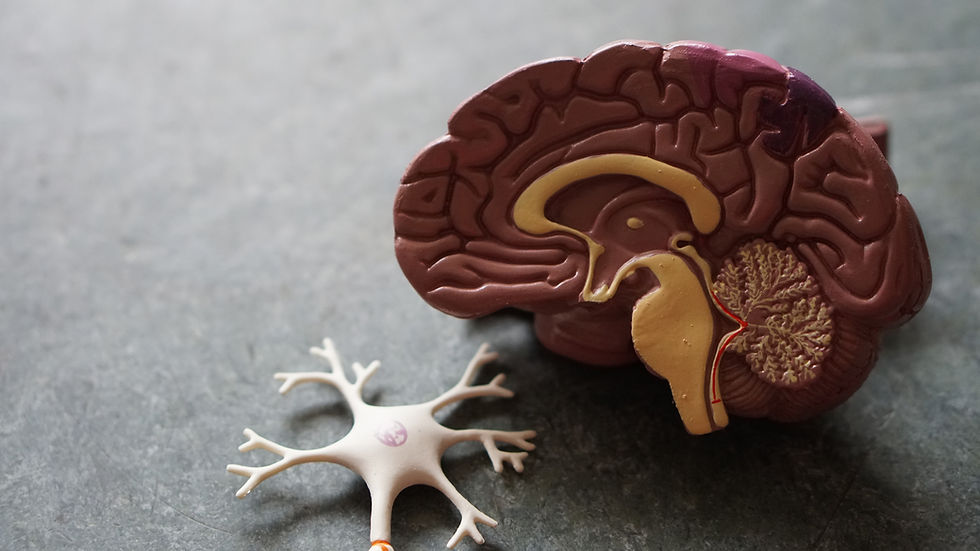Stages and Corresponding Treatments for Cancer
- Medicine Community & Research

- Jun 7, 2024
- 2 min read
Basic Info
By Sanjana Malkareddy
National Cancer Institude on Unsplash
What is Staging?
Staging is when doctors describe the features of a certain cancer. Some features taken into consideration include:
the size and location of cancer
where and how far the cancer has spread
how aggressive or unusual the cancerous cells are
Significance of Staging
Staging helps with diagnosing cancer and setting a course for treatment. Also, it plays a role in figuring out the survival rate and the possibility that cancer might come back following treatment.
Stages of Cancer
There are four stages of cancer, and the higher the number, the more advanced the cancer.
Stage 1 or early-stage cancer
Stage 1 cancer is when the tumor is small and confined to one area. This means that the tumor hasn’t spread to the lymph nodes or other parts of the body. Treatments include chemotherapy, radiation therapy, medications, or surgery. Treatment during Stage 1 isn’t as aggressive compared to later stages, and the patient may even be told to pause treatment so doctors can observe the tumor's behavior.
Stage 2 or early localized advanced cancer
Stage 2 cancer is when the tumor is bigger than it was in stage 1, but hasn’t spread throughout the body. However, the tumor may have further invaded close-by tissue or lymph nodes. Typically treatments for this stage of cancer include chemotherapy, radiation therapy, surgery, or any additional medications.
Stage 3 or advanced-stage cancer
Stage 3 cancer is considered advanced as it consists of multiple tumors which may have reached a specific size. The cancer also may have spread to nearby lymph nodes, tissues, or organs. Treatments for stage 3 cancer are similar to stage 1 and 2, but also include other therapies such as immunotherapy or targeted therapy.
Stage 4 or metastatic cancer
Stage 4 cancer is when the cancer has moved from its starting point to other areas of the body such as different organs. The cancer in this stage is still referred to by where it was first found, regardless of its current location in the body. For example, if skin cancer spreads to the abdomen it is still referred to as skin cancer. Treatment options for stage 4 cancer include targeted therapy, chemotherapy, or sometimes a clinical trial may be offered.
Conclusion
It is important to remember that each stage of cancer and its corresponding treatments vary depending on the type of cancer and not all types of cancer have the same number of stages. For example, some cancers have a stage 0. It is also important to keep in mind that the stages of cancer have many more factors and information associated with them.
Citations
Stages of Cancer: How Many and Types of Staging. (n.d.). Cancer Treatment Centers of America. Retrieved June 5, 2024, from https://www.cancercenter.com/stages-of-cancer
Welsh, J. (2023, August 20). Stage 3 Cancer: Definition, Diagnosis, Treatment, Prognosis. Verywell Health. Retrieved June 5, 2024, from https://www.verywellhealth.com/stage-3-cancer-5092065







